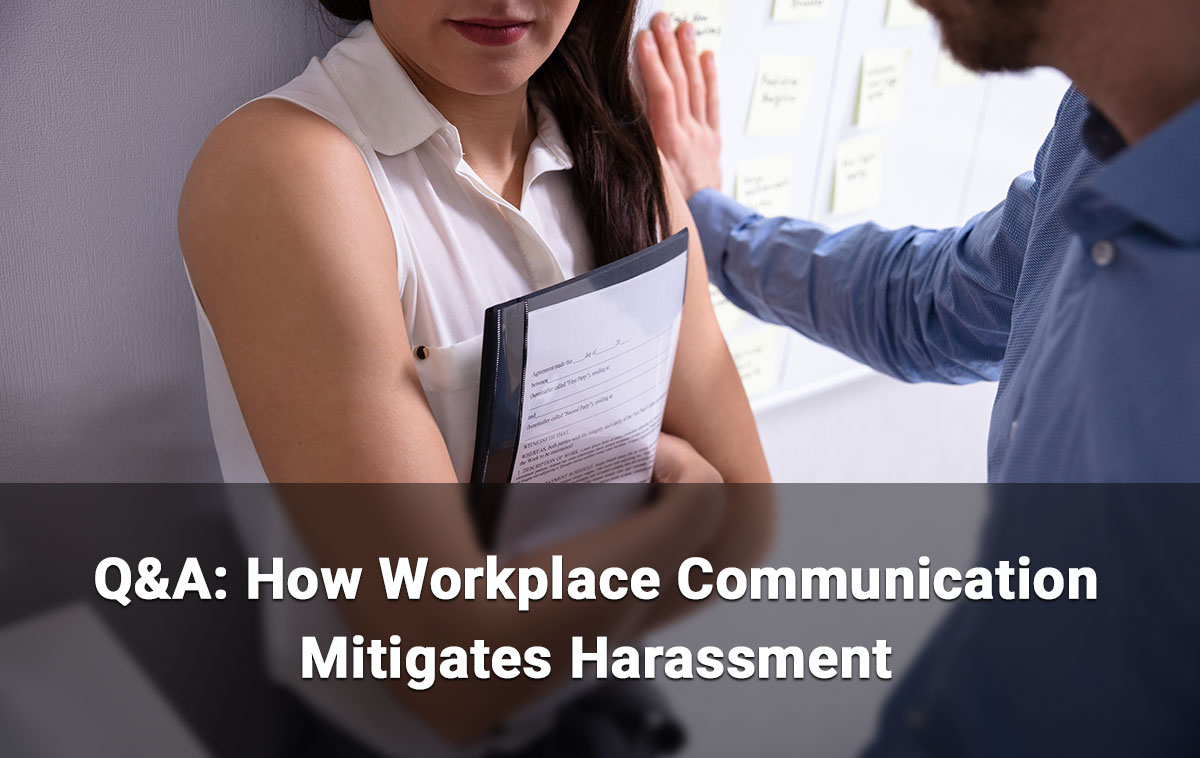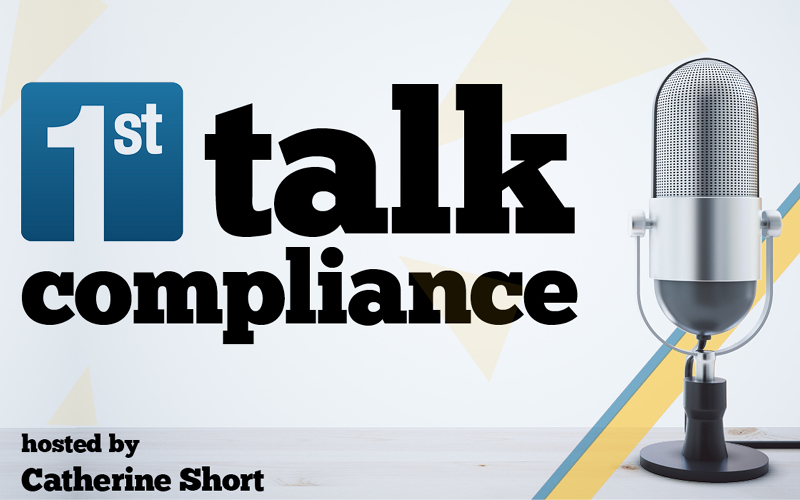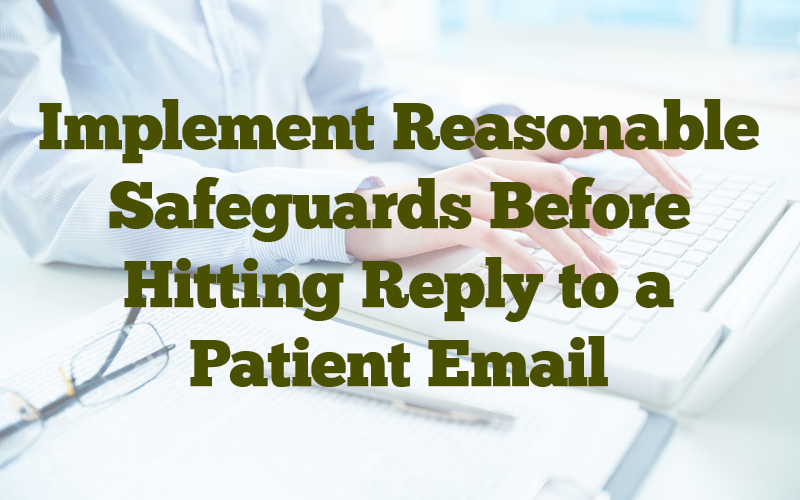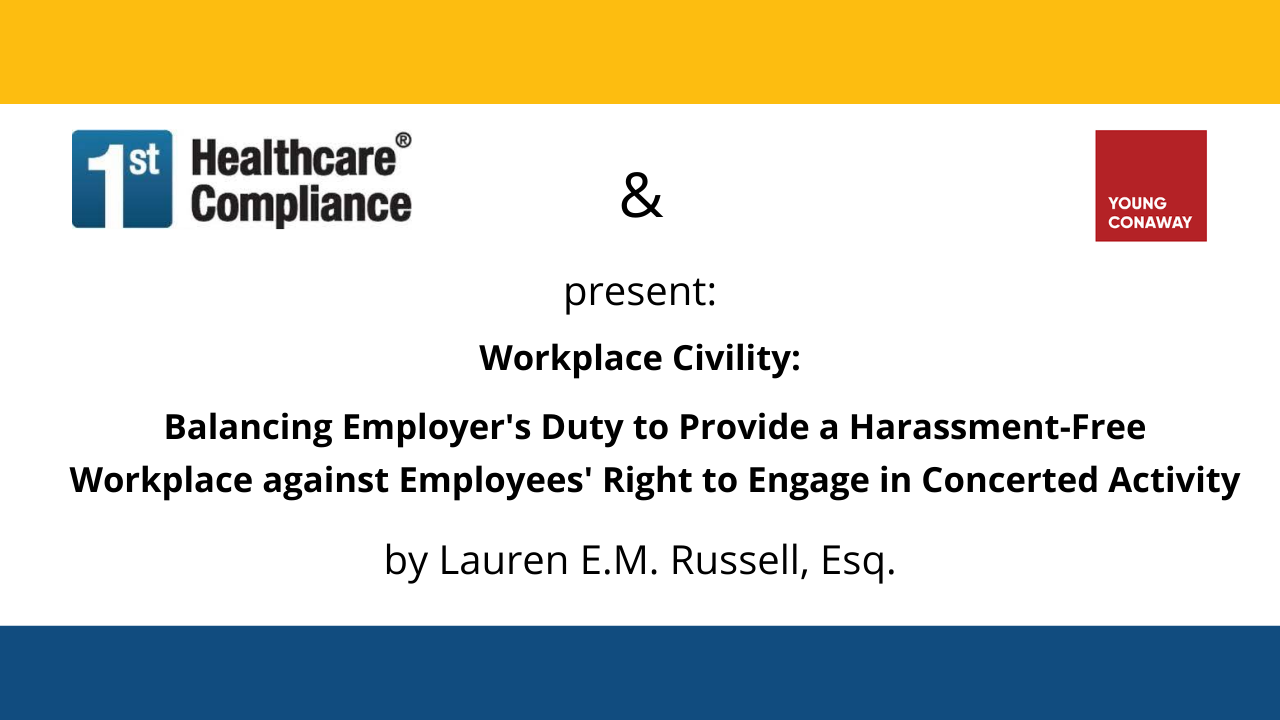Q&A: How Workplace Communication Mitigates Harassment

Warren Cook BS, MBA, MS, SHRM-certified of SymbianceHR, will be presenting the webinar How Workplace Communication Mitigates Harassment on September 22 at 12 pm ET. In anticipation of this webinar, Warren answered many commonly asked questions on our blog in relation to communication and harassment in the workplace:
Why do you relate communication as a key problem to harassment in the workplace?
The lack of respectful communication and appreciation for diversity of thought leads to behaviors that evolves into harassment. Without the development of respectful communication intent versus impact can be lost, providing others dignity and respect is absent and the establishment of trust is non-existent. When this communication breakdown happens, individuals will allow their biases to surface and influence how they interpret their environment and the reasons why things happen. As a result, they begin to communicate in a negative manner without respect for others which can often lead to comments and behaviors unacceptable in the workplace that manifest into harassing behavior.
You touched the topic of inclusion during the presentation, I thought that had to do with diversity – can you clarify?
Inclusion is often aligned with Diversity and is well recognized in recent years as a two-part process of establishing a more effective workplace. This is true however in the context of communication and harassment prevention, I believe that the improvement of communication in the workplace to include respect, dignity and diversity of thought requires people to be inclusive of other people’s ideas and contributions. The clarifying factor in this context is the inclusion has nothing to do with protected characteristics such as gender, race, national origin or sexual preference. Instead the inclusion is based on encouraging communication and engagement across functions, departments, units and teams to raise the level of engagement across the entire workforce. Training on this type of inclusion leads to civil and equitable treatment of all people outside the scope of diversity alone however still addresses the ability to mitigate the risk and liability of harassment in the workplace.
Why do you believe leadership involvement is so important to mitigating harassment, employees often harass each other and not managers?
The ability to model the behavior you expect from others is critical for a leader. To create followership and earn the respect from the workforce to follow the leader requires the leaders in the organization to be visible, involved, and participate across the organization in the communication and engagement activities of the employees. By leader, I mean anyone in the organization with intrinsic or extrinsic authority to influence actions and behaviors hence impacting the culture. This expectation goes beyond just the C-Suite, it is every leader in the organization needs to understand their responsibility to model the appropriate behaviors and style of communication to respect others and build trust.
Communication is important – how specifically could my business start to improve trust in the workplace?
My advice is to start where you can apply some minor adjustments to have critical impact immediately. Therefore, train your supervisors and people leaders on how to engage their staff members during one-on-one meetings to ask “What else could I be doing as your supervisor to help you be more successful in your role.” This question requires the supervisor to listen to the reply, be genuine and authentic in their desire to help their employees, and they must be willing to make changes in how they work to achieve success for both the employee and themselves. If the supervisor does this effectively, engagement improves, trust builds, performance and productivity will increase as will employee morale. This approach can produce a quick win while applying other strategies and practices to improve communication in the workplace that will ultimately reduce your risk and liability related to harassment.
 Warren is the president and co-founder of SymbianceHR as well as the Chief Talent Officer and cofounder of SymbianceHiRe and provides strategic oversight for service delivery, business operations, and technical guidance on consulting engagements. He is a human resources subject matter expert with over 20 years of experience as a strategic business partner, project manager, and people leader across private and public sectors organizations.
Warren is the president and co-founder of SymbianceHR as well as the Chief Talent Officer and cofounder of SymbianceHiRe and provides strategic oversight for service delivery, business operations, and technical guidance on consulting engagements. He is a human resources subject matter expert with over 20 years of experience as a strategic business partner, project manager, and people leader across private and public sectors organizations.
Be sure to register for Warren’s upcoming webinar on September 22nd How Workplace Communication Mitigates Harassment and check out our other HR resources, such as our online compliance training courses in the Basics of Family Medical Leave Act (FMLA) and Preventing and Addressing Workplace Harassment and Bullying. Plus, listen to our latest podcast with Warren. And check out Warren’s other blogs, Demonstrating the ROI of HR for your Business, Q&A: Got Diversity. Get Inclusion! and the Pending FLSA Changes, and webinars, Risk Management of Employment Practices, Got Diversity Get Inclusion and pending FLSA Changes, and Avoiding HR Issues at Company Events & Building an Engaging Culture, now on YouTube.







